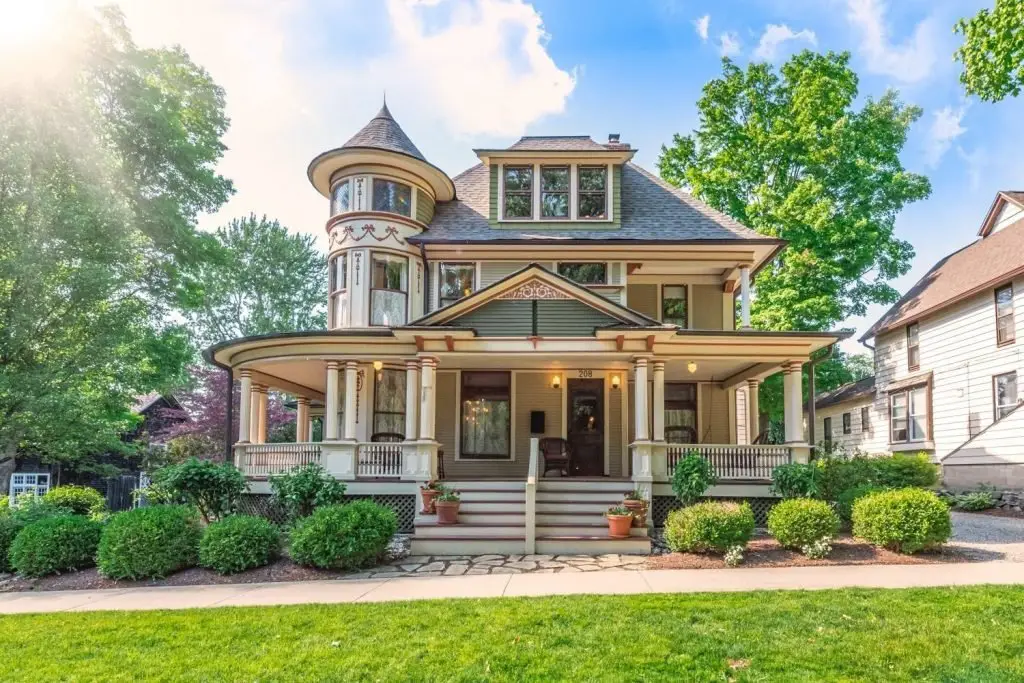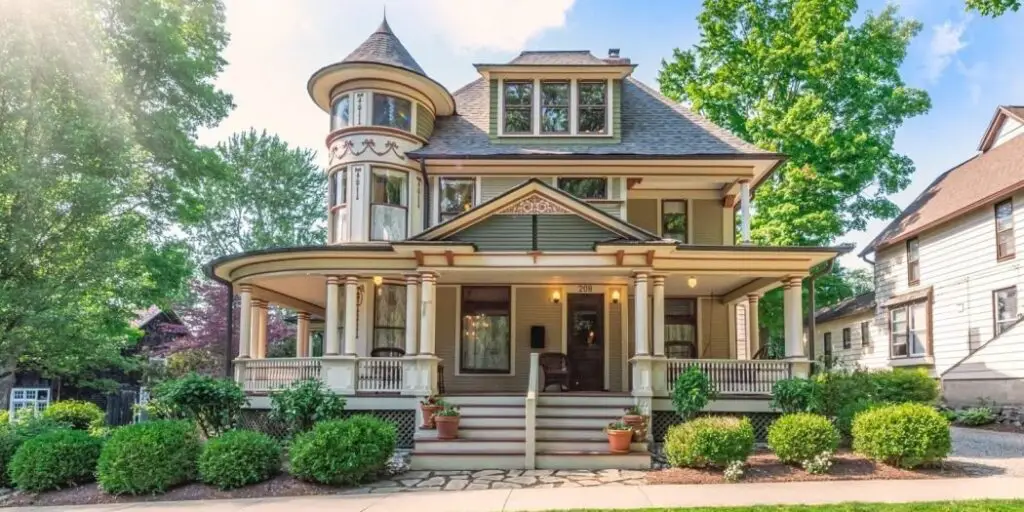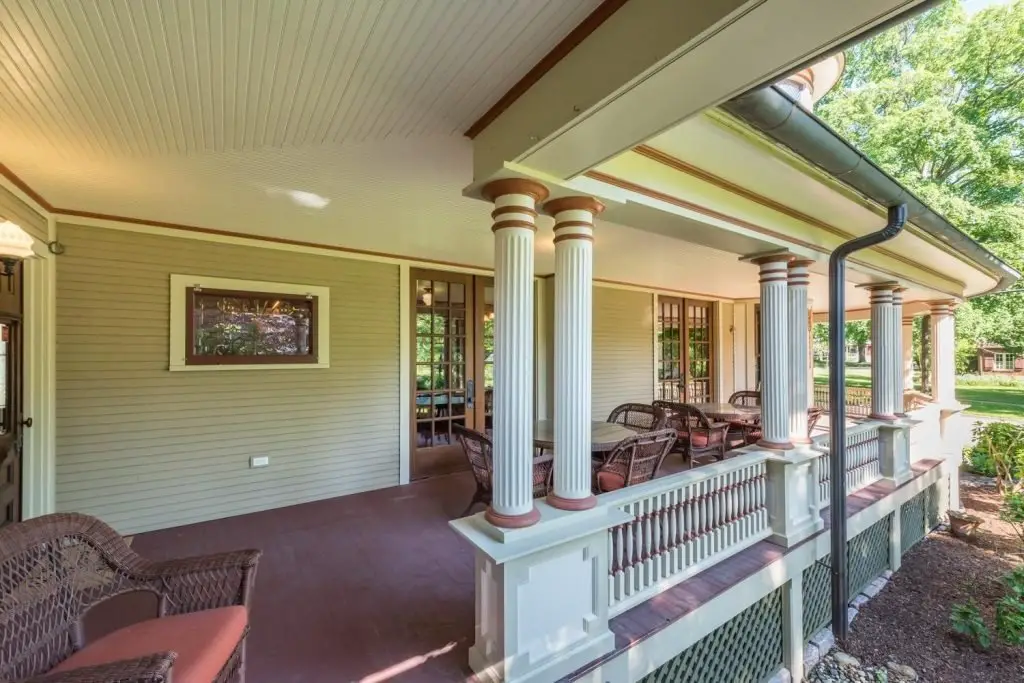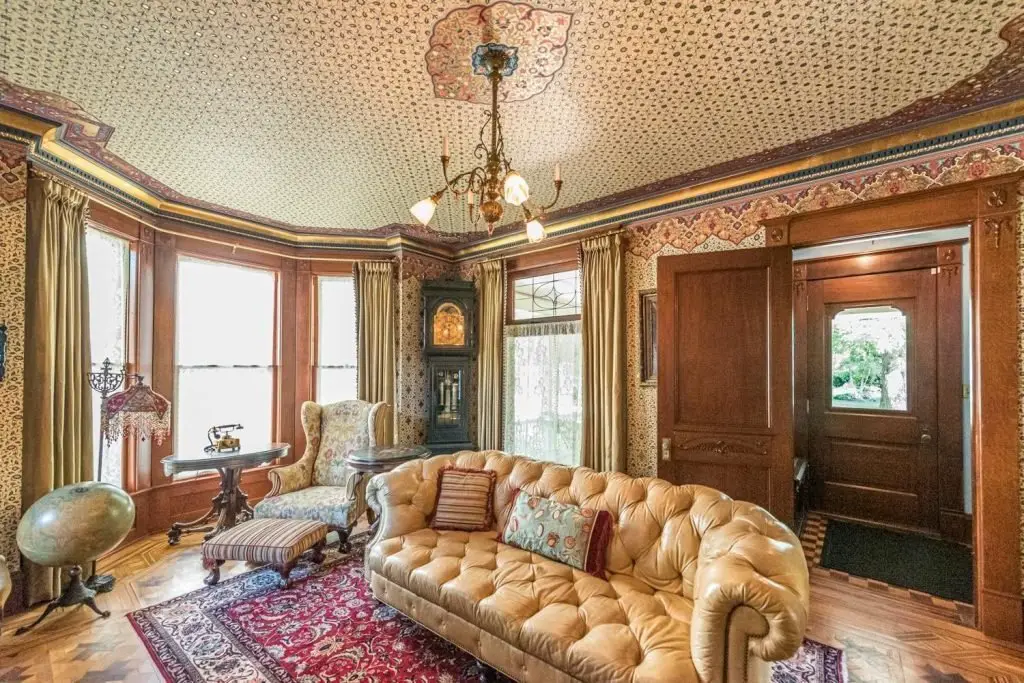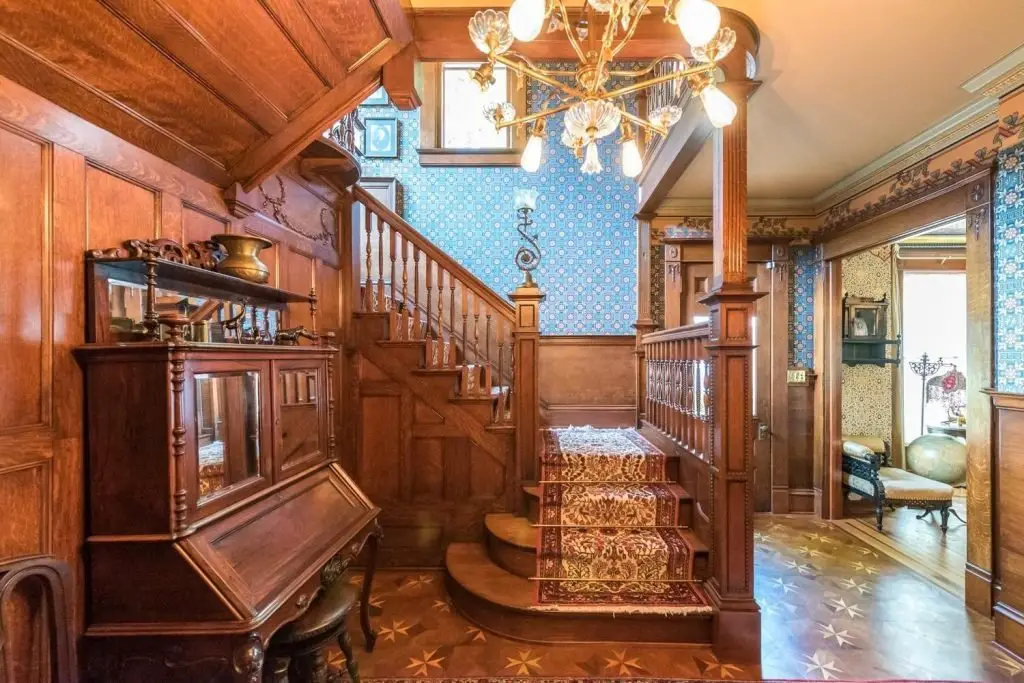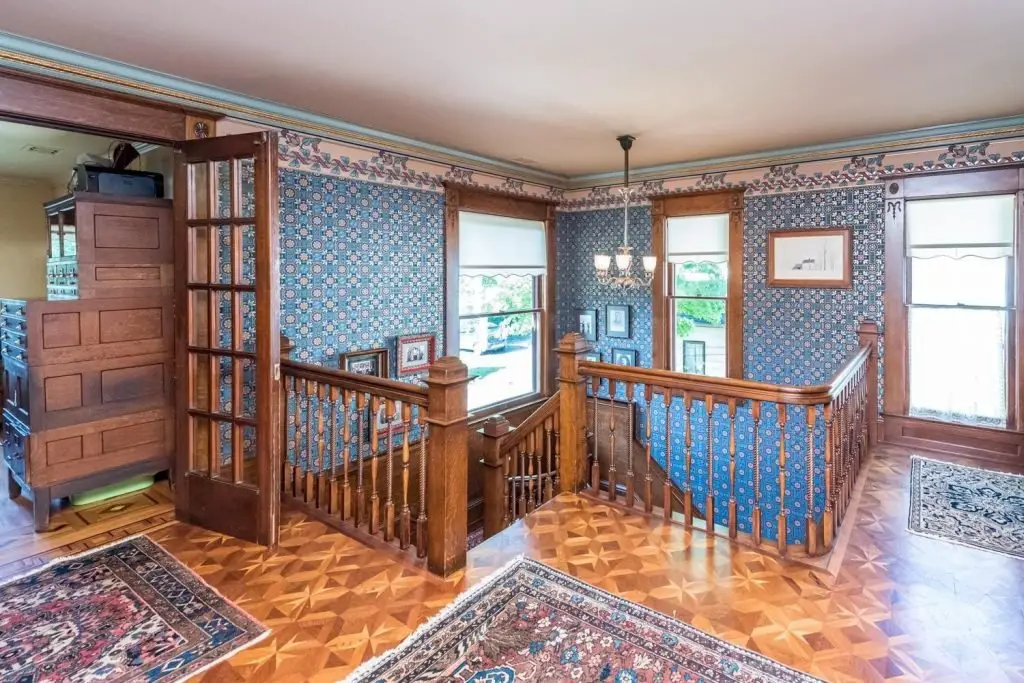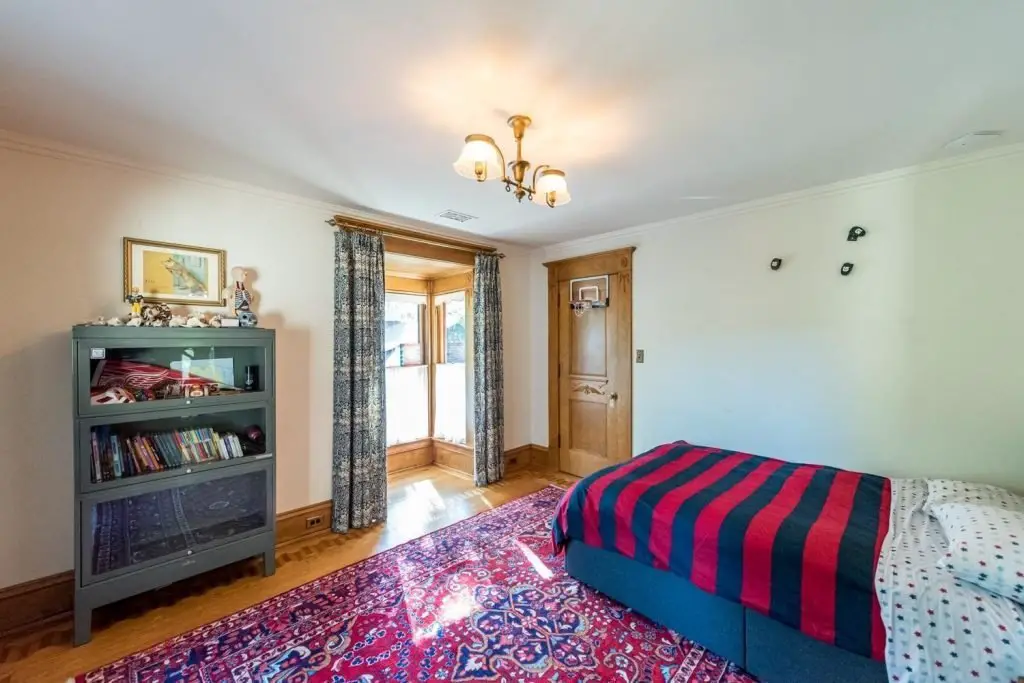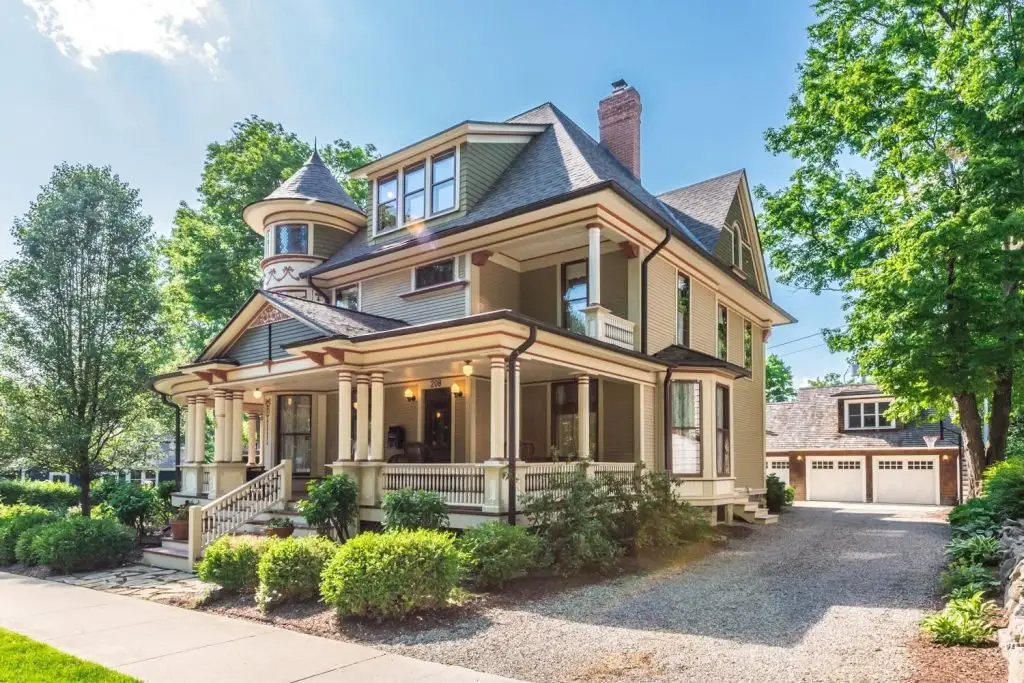A Forgotten Mansion Finds New Champions
For nearly a century after industrialist Frank P. Glazier left Chelsea in disgrace in 1910, his once–magnificent residence at 208 South Street slipped steadily into decline. Neighbors groused about the crumbling landmark, yet no one stepped forward to rescue it. Then, in January, lifelong Chelsea residents Todd and Janice Ortbring purchased the twenty-one-room mansion—tower, wrap-around porch, and all—despite an eleven-page inspection that catalogued termites, foundation fractures, rotted shingles, and prehistoric wiring.
“We’re probably crazy,” Todd admits, “but the house needed a savior—and fast.”
Frank Glazier: Chelsea’s Brilliant, Flawed Benefactor
Second only to the founding Congdon brothers, Glazier looms largest in Chelsea lore. Beginning in 1895, his stove company shipped cooking and heating stoves around the globe, bringing electricity, municipal water, and hundreds of jobs to the village. He financed—or personally built—many of Chelsea’s signature structures:
- The Clock Tower and Welfare Building
- Chelsea First United Methodist Church
- A handsome bank building that today houses 14A District Court
Politically, Glazier rose even faster. By 1906 he was state treasurer and whispered about as a future governor—until auditors uncovered a tangle of self-dealing: state deposits funneled into his own bank and duplicate loans secured by the same collateral. Forced out of office, he served two years in Jackson State Prison (a term shortened for good behavior) and spent his final decade quietly at a Cavanaugh Lake cottage. To this day Chelsea residents debate whether he was a villain, a victim of the 1907 financial panic, or simply a man playing by the era’s loose rules.
Downhill in Apartments and Concrete Block
After Glazier’s departure, the mansion was carved into four apartments; a fifth unit—an ungainly concrete-block box—obliterated much of its Greek-revival porch in the 1970s. Still, original beauty peeked through: beveled-glass transoms, parquet borders, and a soaring corner tower scribbled with 1899 graffiti by Glazier’s daughter, Dorothy.
The Ortbrings’ Rescue Plan
Todd Ortbring’s family history is intertwined with Glazier’s. His great-grandfather played cornet in the factory band; his grandfather ran the pharmacy Glazier once owned. That connection helped him see beyond the termite galleries and sagging joists to the home’s potential.
Phase 1: Stabilize the Envelope
- Strip cedar shakes, replace rotten decking, and install a new roof.
- Repair cracked masonry and restore the original wrap-around porch with its fluted pillars.
- Scrape, prime, and repaint the exterior in historically appropriate colors.
Phase 2: Apartment-by-Apartment Reclamation
The Ortbrings, their two young sons Blake (8) and Grant (7), and three paying tenants currently occupy the upper floors. Meanwhile Todd tackles the ground-floor unit—once the formal dining room—alongside builder Bob Chizek and architect Scott McElrath:
- Drop ceilings removed, revealing twelve-foot plaster crowned with dentil moldings.
- Hollow-core doors replaced by pocket doors unearthed in the basement “treasure room.”
- Parquet squares reassembled like a giant jigsaw puzzle; every missing oak diamond matched from spare pieces.
Unraveling the Mansion’s Mysteries
Photographs in the 1895 Chelsea Headlight show a modest house without the tower. Was the front tacked onto an older rear wing, or vice-versa? Even experts disagree. Yet every discovery—an 1880s hinge hand-forged locally, a leaded-glass sidelight etched with the Glazier monogram—adds another clue.
Life With a Larger-Than-Life Former Owner
Restoration, Todd says, feels like “sharing the place with Frank himself.” He imagines cigar-smoke-filled strategy sessions behind those rescued pocket doors—city fathers plotting water mains, factory expansions, and political campaigns as mahogany sideboards groaned under roast beef and apple pies. If the dining room was Glazier’s stage, Todd intends to see it dazzling once more.
Community Rallies Behind the Project
Offers of help pour in:
- Retired carpenters volunteer weekend labor.
- A local bank donates period-style lighting fixtures.
- History buffs share photographs, letters, even Glazier’s original stove catalogues.
A recent open house drew crowds despite a downpour—proof that Chelsea is ready to forgive, or at least set aside, Glazier’s transgressions in favor of celebrating the legacy he left behind.
Looking Ahead: A Family Home—Or Something More
The Ortbrings hope to finish major restoration by the time Blake and Grant graduate high school. Longer term, they muse about a bed-and-breakfast or retaining a private wing while opening historic suites to visitors. “First,” Janice laughs, “we have to get the lights on in all the rooms.”
Why Saving One House Matters
Preserving the Glazier mansion does more than rescue an architectural gem; it rewrites Chelsea’s narrative. Instead of a cautionary tale about civic neglect, the town gains a story of redemption—both for a scandal-tainted industrialist and for the building that embodied his ambitions. Thanks to the Ortbrings and a community newly invested in its own heritage, 208 South Street is poised to stand another hundred years—this time as a symbol of what Chelsea can accomplish when it decides a place is worth saving.
